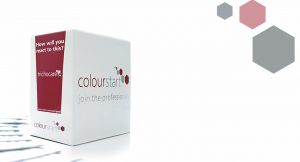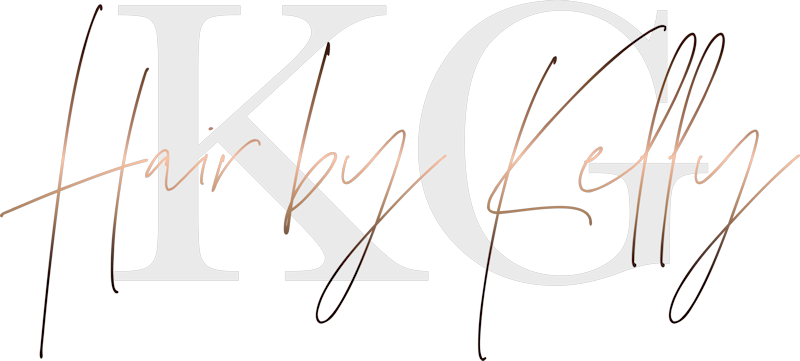Why is skin testing so important?
A skin test (also known as a patch or allergy alert test), is used by hair colourists to identify if you will have an allergic reaction when your hair is coloured. The main issue is when the colour comes in contact with your scalp, because of chemicals called Paraphenylenediamine and 1,4-toluenediamine – they’re a mouthful, so I’ll refer to them as PPD and PTD from now on. Many permanent and semi-permanent hair colours contain both these chemicals, which are known irritants and allergens; PPD is the chemical most people react to.
Allergic reactions are becoming more and more common, because hair colourants are being used from a younger age, as well as exposure to environmental chemicals in our daily lives. As a hair professional I have a duty of care to my clients to carry out this procedure. A skin test is necessary for my Personal Liability insurance to be valid and is a legal requirement under the Health & Safety Act.
Is it safe to have my hair coloured?
Yes! Hair colour containing PPD/PTD are safe to use, as they are strictly regulated and there is a maximum limit to the amount a product can contain. I also use Wella products, and their Koleston Perfect (permanent hair colour) range has been changed; they now use a new formula, which replaces PPD and PTD sensitisers with ME+ Technology. This reduces the risk of developing a new hair colour allergy, by up to 60%!
What if I’ve had my hair coloured before?
Even if you have had your hair coloured for years, it doesn’t matter, a skin test is still needed and is still important. Regular clients will have a skin test annually, unless you change your tone, depth or experience irritation. New clients will require a skin test 48 hours prior their first colour appointment, which will be done during your colour consultation.
Does anything else effect my colour?
BLACK HENNA – this semi-permanent tattoo may seem very innocent and a fun idea during your exotic holiday, but in fact it contains high level of PPD. This can cause allergic reactions, especially if hair dye is also applied around the same time. You can find more information about this on the NHS website. Don’t worry, not all Hennas are unsafe, real Henna should be a red, orange or brown colour, but if in doubt it is best to stay clear!
What if I have more questions?
I’m always happy to answer any questions you may have – feel free to contact me anytime.







